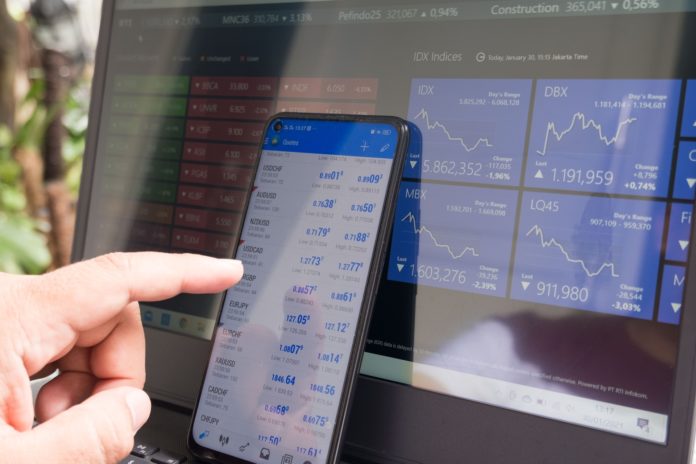
In the fast-paced world of trading, risk management and position sizing stand as the cornerstone of success. At the heart of every successful trader’s strategy lies a deep understanding of how to manage risk effectively while optimizing position sizes for maximum profitability. In this comprehensive guide, we delve into the intricacies of risk management and position sizing, providing invaluable insights to help traders navigate the volatile waters of the financial markets with confidence and precision.
Understanding Risk Management
Defining Risk
Risk, in the context of trading, refers to the potential for financial loss inherent in any investment or trade. It encompasses various factors such as market volatility, price fluctuations, and unforeseen events that can impact the value of an asset. Effective risk management involves identifying, assessing, and mitigating these risks to protect capital and preserve trading accounts.
Importance of Risk Management
Risk management is paramount for traders seeking long-term success in the markets. By implementing sound risk management principles, traders can limit their exposure to potential losses and safeguard their capital against adverse market conditions. Moreover, prudent risk management allows traders to maintain consistency in their trading approach, preventing impulsive decisions driven by fear or greed.
Key Principles of Risk Management
1. Diversification
Diversification is a fundamental principle of risk management that involves spreading investments across different assets and markets. By diversifying their portfolios, traders can reduce the impact of individual market movements on their overall performance, thereby mitigating risk.
2. Setting Stop Losses
Stop losses are predefined price levels at which traders exit losing positions to limit their losses. Setting stop losses is essential for controlling risk and preventing small losses from snowballing into significant declines in capital.
3. Risk-Reward Ratio
The risk-reward ratio measures the potential reward of a trade relative to its risk. Traders should aim for favorable risk-reward ratios, where the potential reward outweighs the risk, to ensure that winning trades compensate for any losses incurred.
Mastering Position Sizing
What is Position Sizing?
Position sizing refers to determining the appropriate amount of capital to allocate to each trade based on factors such as risk tolerance, account size, and market conditions. Proper position sizing ensures that traders can withstand market fluctuations while maximizing returns on profitable trades.
Strategies for Effective Position Sizing
1. Percent Risk Model
The percent risk model involves risking a fixed percentage of capital on each trade, typically ranging from 1% to 3% of the total trading account. This approach allows traders to adjust position sizes according to the level of risk associated with each trade, thereby maintaining consistency in risk exposure.
2. Volatility-Based Position Sizing
Volatility-based position sizing adjusts trade size based on the volatility of the underlying asset. Higher volatility assets may warrant smaller position sizes to account for increased price fluctuations, while lower volatility assets may allow for larger position sizes with tighter risk controls.
3. Kelly Criterion
The Kelly Criterion is a mathematical formula used to determine the optimal position size based on the probability of success and the potential payoff of a trade. By calculating the Kelly fraction, traders can allocate capital more efficiently, maximizing returns while minimizing the risk of ruin.
Conclusion
In conclusion, risk management and position sizing are essential components of a successful trading strategy. By incorporating robust risk management principles and adopting effective position sizing strategies, traders can mitigate risk, preserve capital, and achieve long-term profitability in the dynamic world of trading.

